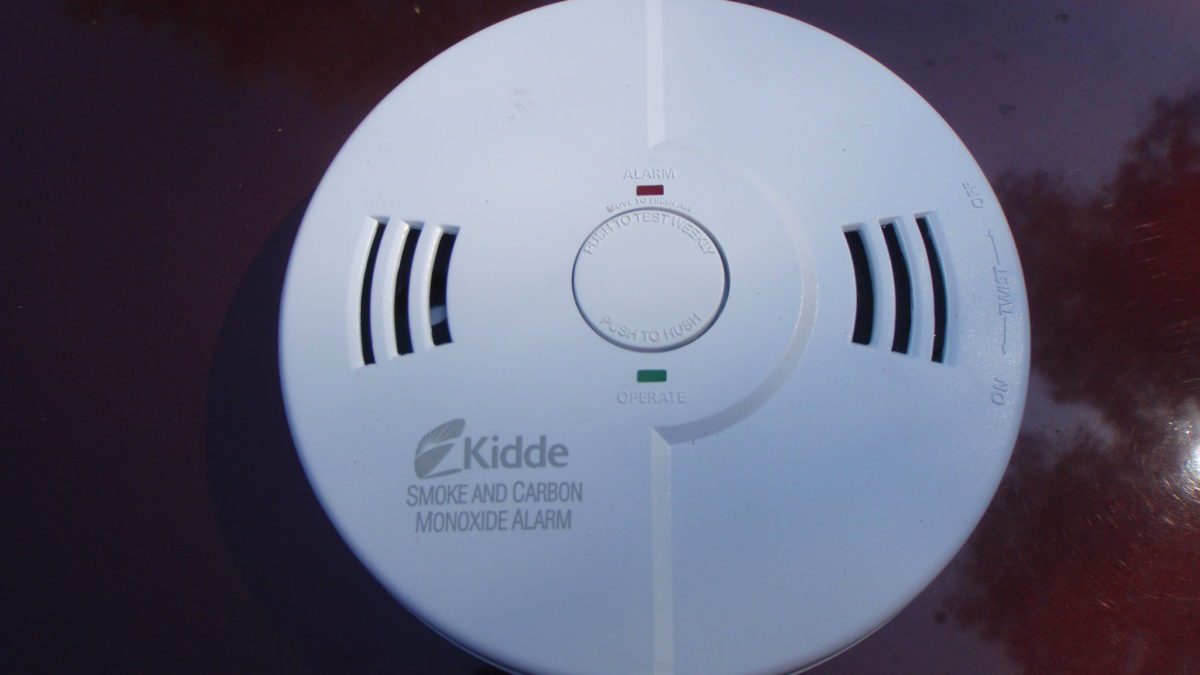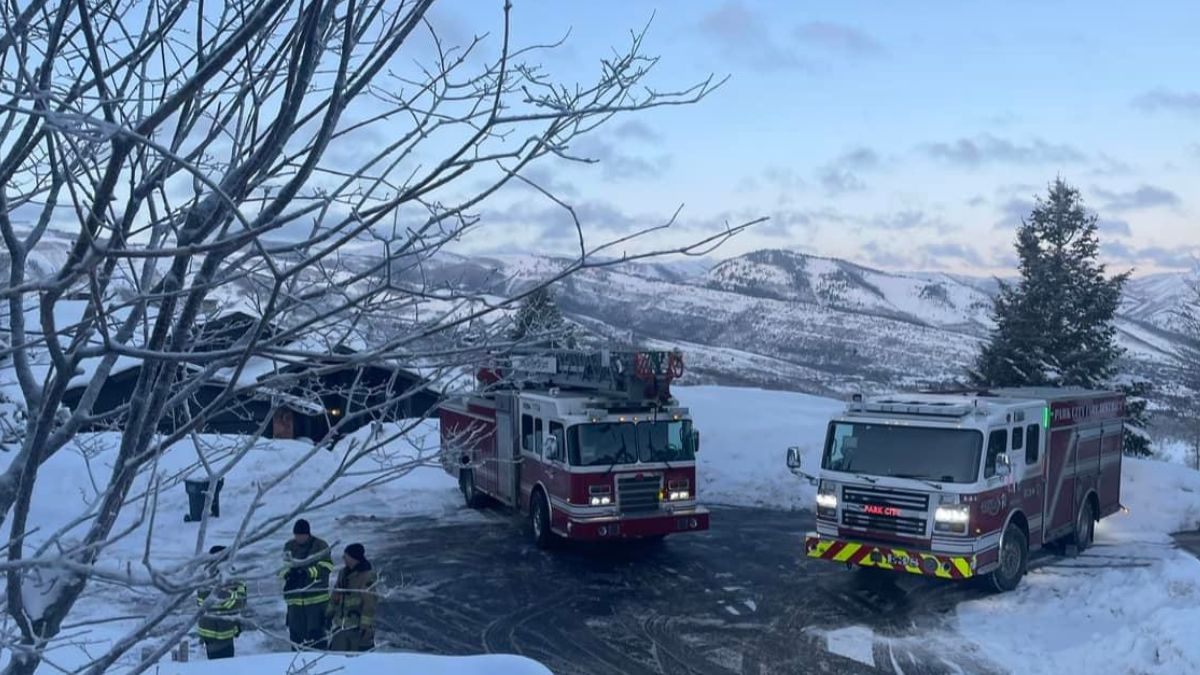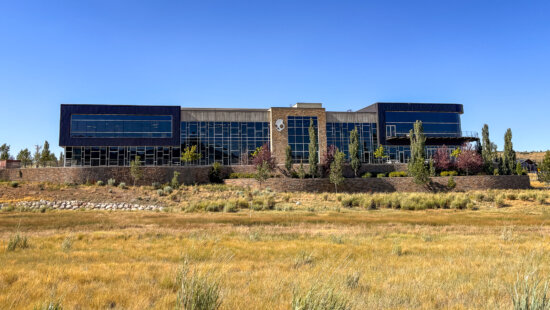Health
Utah doctors issue carbon monoxide warning

Carbon monoxide poisoning is a concern for physicians in Utah, especially in the colder climate. Photo: Grimaldi Electric
PARK CITY, Utah — With frigid winter temperatures in Utah comes an increased risk for carbon monoxide poisoning, as residents turn to fuel-burning heating equipment, which can produce a deadly and invisible killer, carbon monoxide gas.
Intermountain Healthcare physicians, who work in 12 different Park City facilities, are working to keep residents safe and are reminding Utahns to only use approved heaters and make sure carbon monoxide (CO) alarms are installed and working.
“When the furnaces turn on, the carbon monoxide detectors should also get a checkup,” said Marc Robins, MD, Intermountain Healthcare Medical Group hyperbaric medicine specialist at Intermountain Utah Valley Hospital in a statement.
Any fuel-burning heating equipment such as fireplaces, gas stoves, water heaters, furnaces, space heaters, portable generators, and chimneys can produce carbon monoxide.
Carbon monoxide can also be produced from a faulty furnace or automobile exhaust, small gas engines, and other fuel-operated machines being used in poorly ventilated spaces.
CO is a colorless, odorless, tasteless, and poisonous gas. Because it is virtually undetectable by humans, it’s dubbed the “invisible killer.” In the United States, it is the number one cause of death by poisoning.
“Unfortunately, some of the symptoms that come with carbon monoxide poisoning mimic COVID and flu symptoms – headache, fatigue, dizziness, nausea, aches, and pains,” said Dr. Robins in the statement. “If you suspect you or someone in your family has been exposed to high levels of carbon monoxide you should leave immediately and seek help.”
Each year more than 20,000 people visit the emergency room due to incidents involving carbon monoxide poisoning and the Centers for Disease Control and Prevention (CDC) reports more than 400 people in the U.S. will die from unintentional CO poisoning not linked to fires.
At Intermountain Healthcare, patients with carbon monoxide poisoning are treated with high-flow oxygen, sometimes in a special room or capsule called a hyperbaric oxygen chamber, to reduce the risk of permanent brain damage.
However, once poisoned, individuals may run the risk of permanent brain or cardiac injury. Treatment for carbon monoxide poisoning reduces this risk, but even with prompt oxygen therapy, disability can still occur.
There are several steps people can take to reduce the risk of exposure:
- Schedule an annual check-up, for your furnace and hot water heater. It’s important to have all gas-fired furnaces and hot water heaters checked by heating and air conditioning (HVAC) professionals annually. Furnaces can crack and become obstructed.
- Every home and business should have a carbon monoxide monitor and alarm. Carbon monoxide monitors and alarms can be hard-wired, battery-powered, or plugged in. Most need to be replaced every five to seven years.
- Check any chimney flues for blockage
- Don’t keep cars running in enclosed spaces, such as garages
- Be aware of symptoms. Carbon monoxide poisoning can be lethal, sometimes with no advanced sign of trouble. This is especially true when people are exposed during their sleep and are unaware or unable to call for help.



















